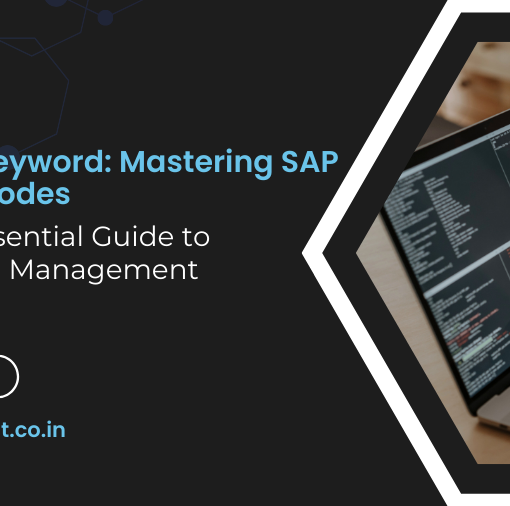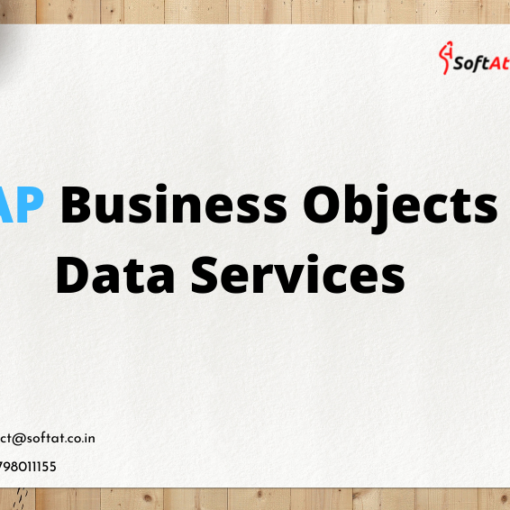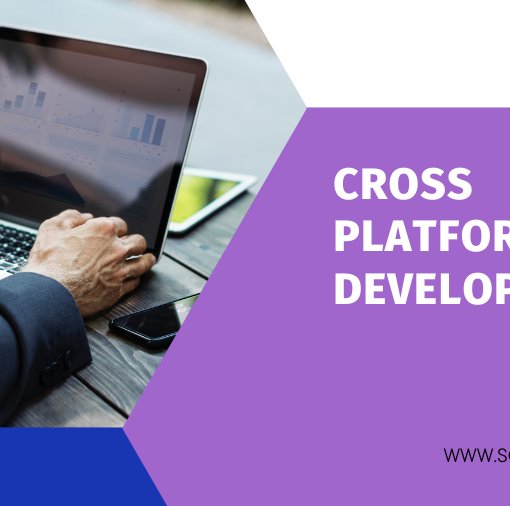In the intricate realm of SAP data exchange, two titans stand tall: Electronic Data Interchange (EDI) and Application Link Enabling (ALE). Both facilitate seamless information flow between systems, but understanding their distinct roles and nuances is crucial for optimizing your data exchange strategy. This comprehensive blog, exceeding 3,000 words and optimized for search engines, delves into the heart of EDI and ALE in SAP, unraveling their functionalities, applications, best practices, and valuable tips for choosing the right tool for your needs.

Understanding the Landscape: The Need for Seamless Data Exchange
Imagine your SAP system as a bustling cityscape, with departments representing factories, warehouses, and sales offices. Data acts as the lifeblood, coursing through this network to keep operations running smoothly. But when information needs to flow beyond your internal landscape, to partners, suppliers, or external systems, choosing the right data exchange approach becomes crucial. This is where EDI and ALE come into play.
Dissecting the Duo: Unveiling the Core Differences
While both facilitate data exchange, EDI and ALE operate in distinct spheres:
- EDI:
- Technology-Independent: Leverages standardized formats and protocols (e.g., EDIFACT, X12) independent of specific software or platforms. Think of it as a universal language spoken by different systems.
- Focuses on External Communication: Primarily used for exchanging data with external partners, suppliers, and customers, fostering seamless collaboration across organizational boundaries.
- Asynchronous: Data exchange doesn’t happen in real-time, making it suitable for less time-sensitive scenarios like invoices or purchase orders.
- ALE:
- SAP-Centric: Leverages SAP-specific protocols and message types, tightly integrated with the SAP ecosystem. Think of it as a native communication channel within the SAP network.
- Focuses on Internal and Inter-SAP Communication: Enables data exchange between different SAP systems within the same organization or between connected partner systems using SAP technologies.
- Synchronous and Asynchronous: Supports both real-time (RFCs) and asynchronous (IDocs) data exchange, catering to diverse communication needs.
Charting Their Paths: Applications and Use Cases
Understanding the strengths of each helps you choose the right tool for the job:
- EDI Use Cases:
- Sending invoices and receiving payments
- Exchanging inventory updates with suppliers
- Communicating shipping and logistics information
- Connecting with government agencies for e-filing
- ALE Use Cases:
- Real-time data synchronization between production and sales
- Master data distribution across multiple SAP systems
- Integrating third-party applications with SAP using IDocs
- Automating internal data exchange processes
Beyond the Basics: Advanced Functionalities and Considerations
Both EDI and ALE offer advanced features to optimize your data exchange:
- EDI:
- Security protocols like encryption and digital signatures ensure data integrity and confidentiality.
- Translation tools bridge communication gaps between diverse EDI formats.
- Managed EDI services simplify compliance and reduce operational overhead.
- ALE:
- RFCs enable real-time communication for urgent data exchange.
- ALE business processes automate complex data exchange workflows.
- Partner profiles define secure communication channels with external systems.
Choosing the Right Path: Deciding Between EDI and ALE
Several factors influence your choice:
- Nature of Data Exchange:
- EDI: Best for external communication with standardized data formats.
- ALE: Ideal for internal SAP communication or standardized formats with SAP partners.
- Real-Time Needs:
- EDI: Primarily asynchronous, but some specialized solutions offer real-time options.
- ALE: Supports both real-time and asynchronous scenarios.
- Technical Expertise:
- EDI: Requires knowledge of EDI formats and translation tools.
- ALE: Requires understanding of SAP technologies and configuration.
- Cost and Integration Effort:
- EDI: Can be costlier due to external services and translation needs.
- ALE: May require development effort for complex integrations.
The Future of Data Exchange: Embracing Emerging Trends
Both EDI and ALE are evolving to meet the demands of the future:
- Cloud-Based Integrations: Leveraging cloud platforms for flexible and scalable data exchange.
- API-Based Integrations: Utilizing RESTful APIs for simplified communication with diverse systems.
- Real-time Streaming: Embracing technologies like Kafka for continuous data flows, enabling more dynamic and responsive business processes.
- AI-Powered Automation: Employing machine learning to optimize data exchange and gain insights from exchanged data.
Conclusion: Mastering the Exchange Art with EDI and ALE
Armed with this in-depth understanding of EDI and ALE, you are now equipped to make informed decisions about your data exchange strategy. Remember, there’s no one-size-fits-all solution. Evaluating your specific needs, resources, and future goals will guide you towards the optimal approach.
You may be interested in:




